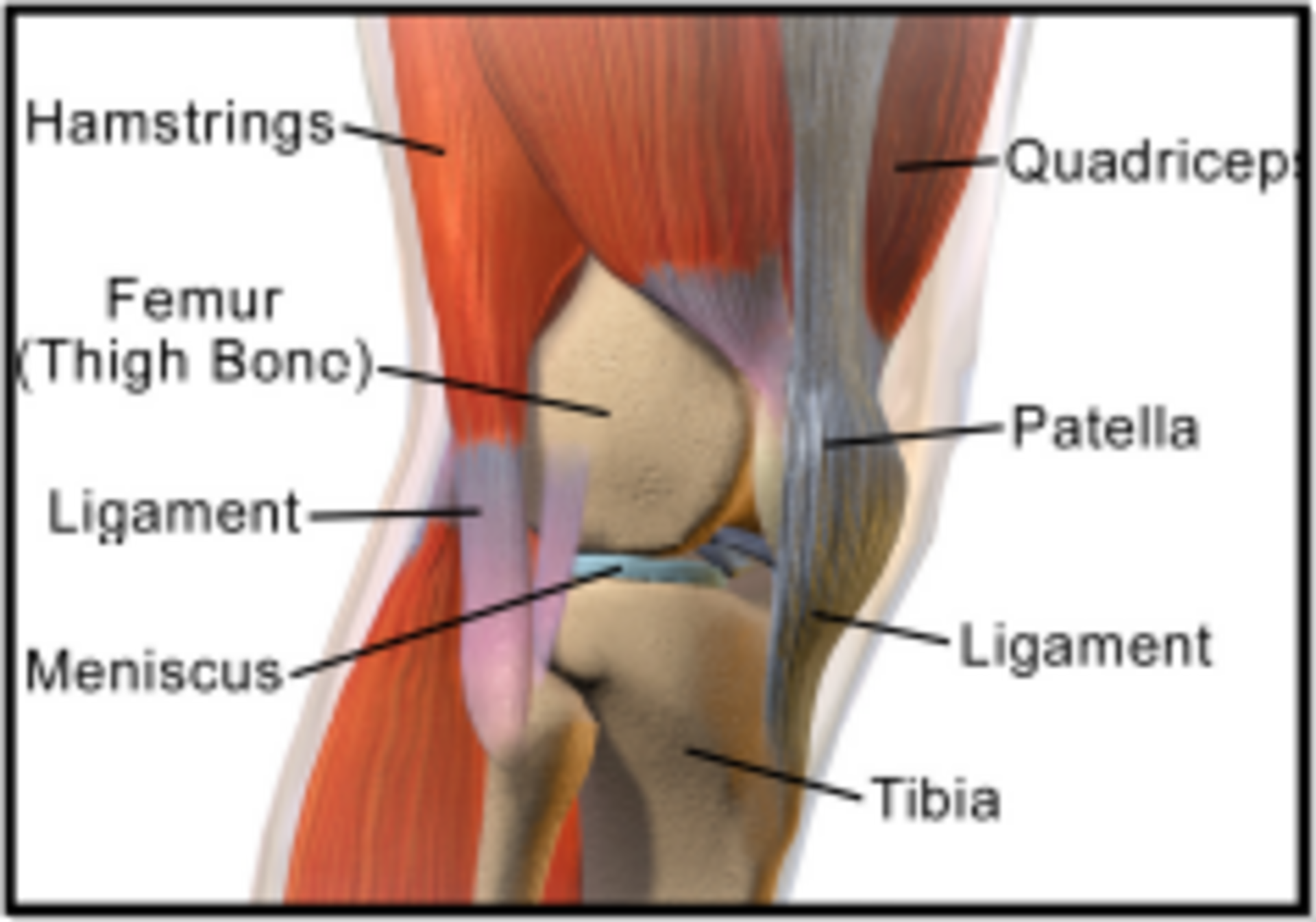
Fig Inside the Knee Joint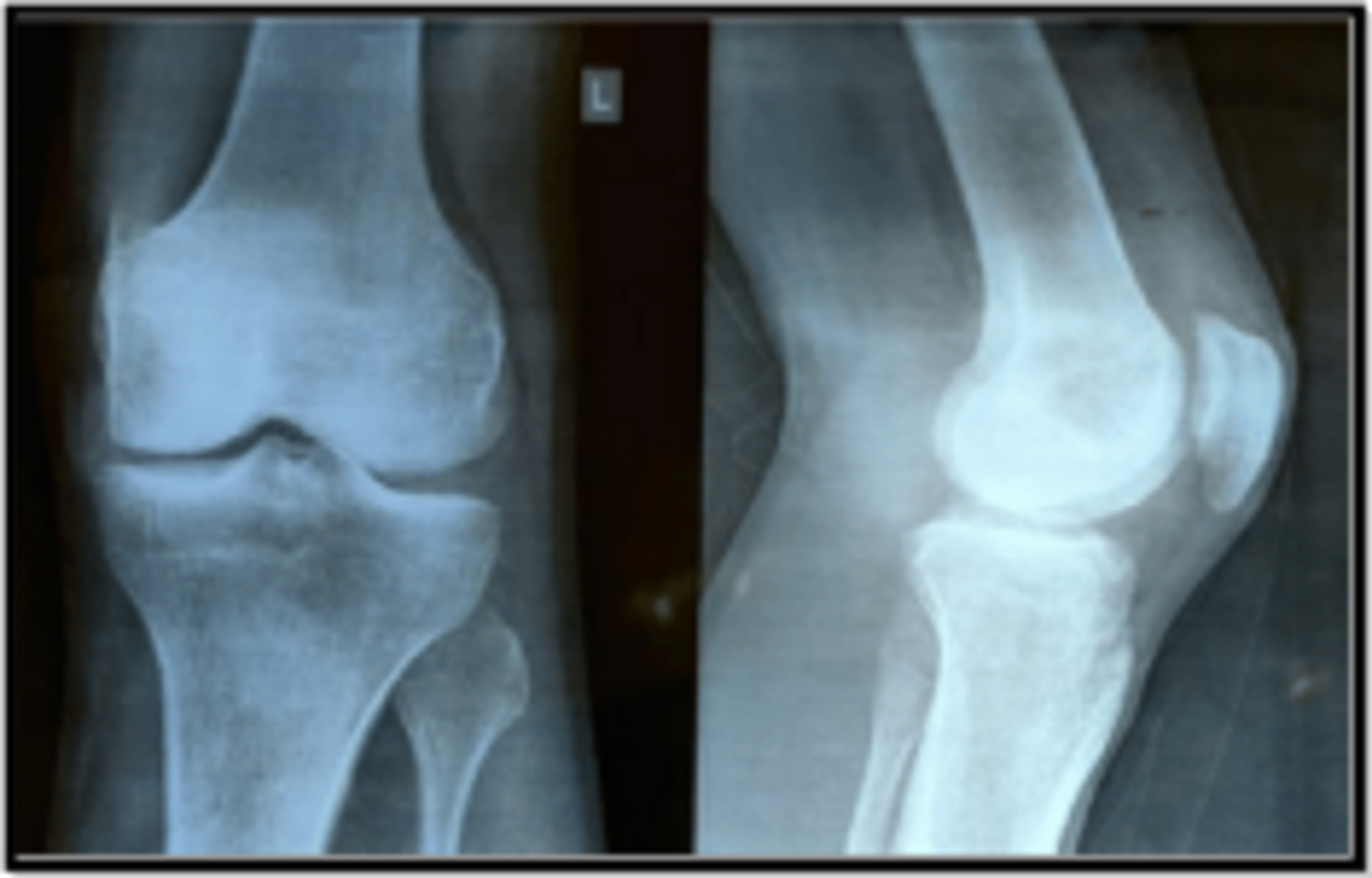
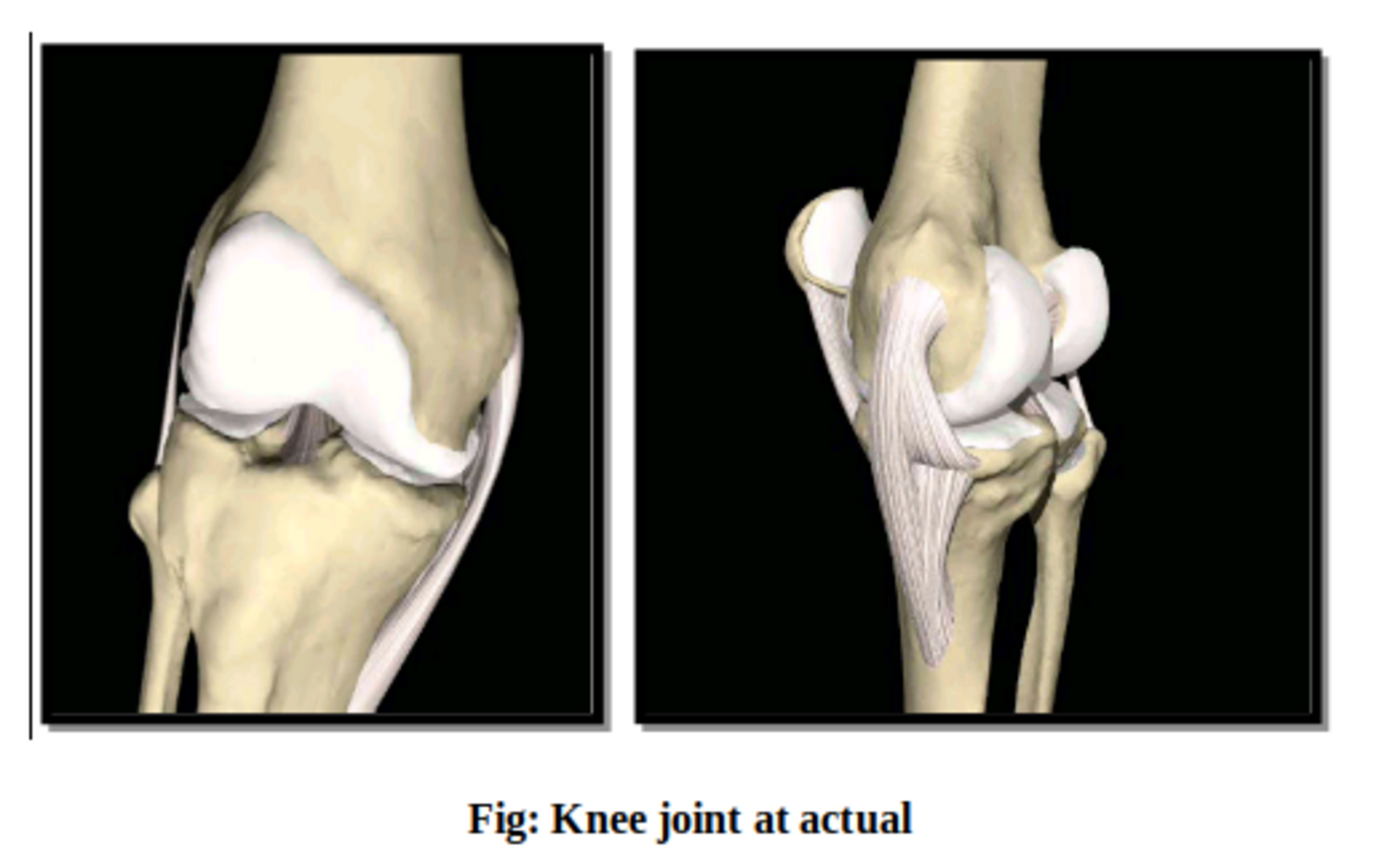
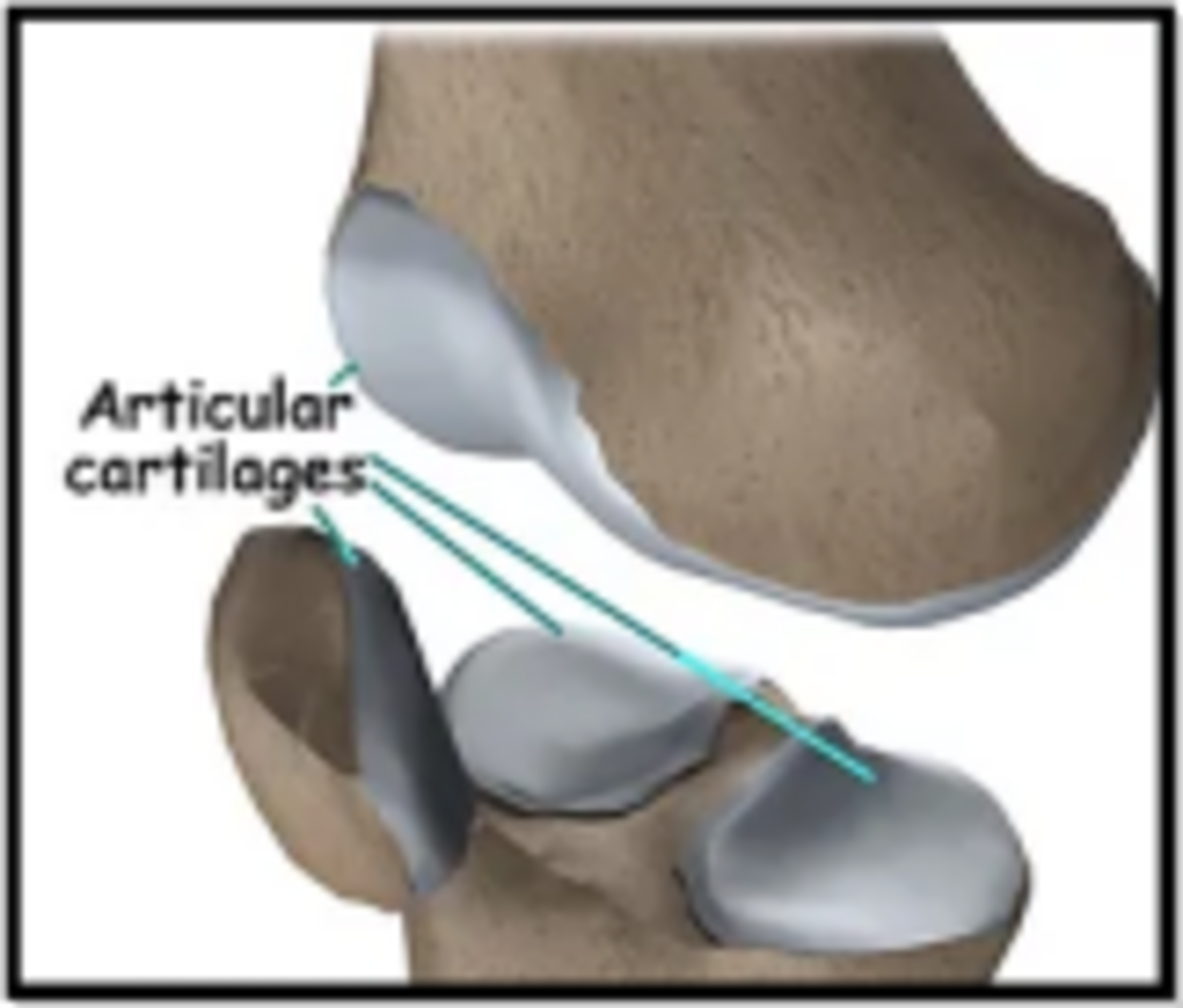
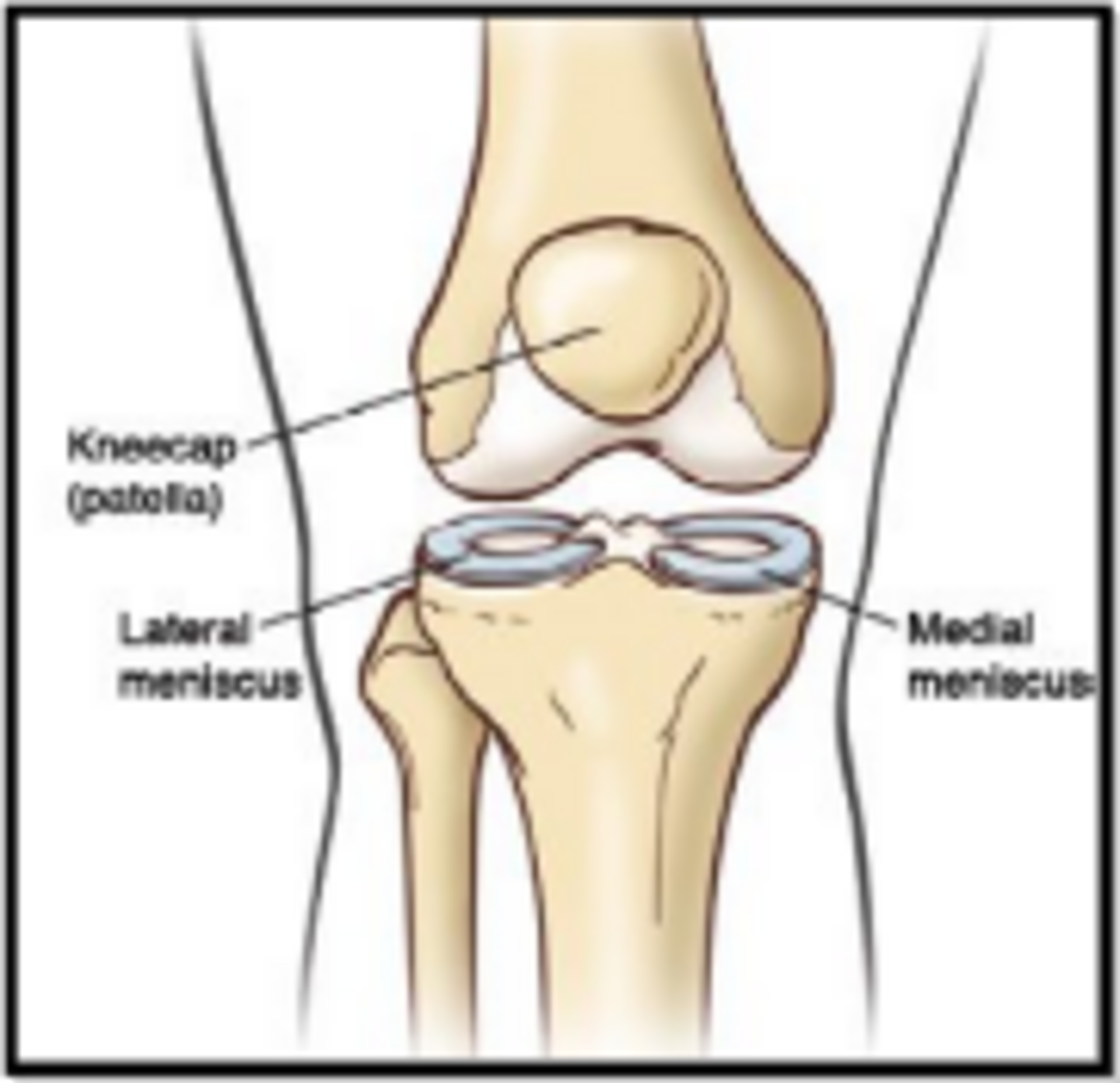
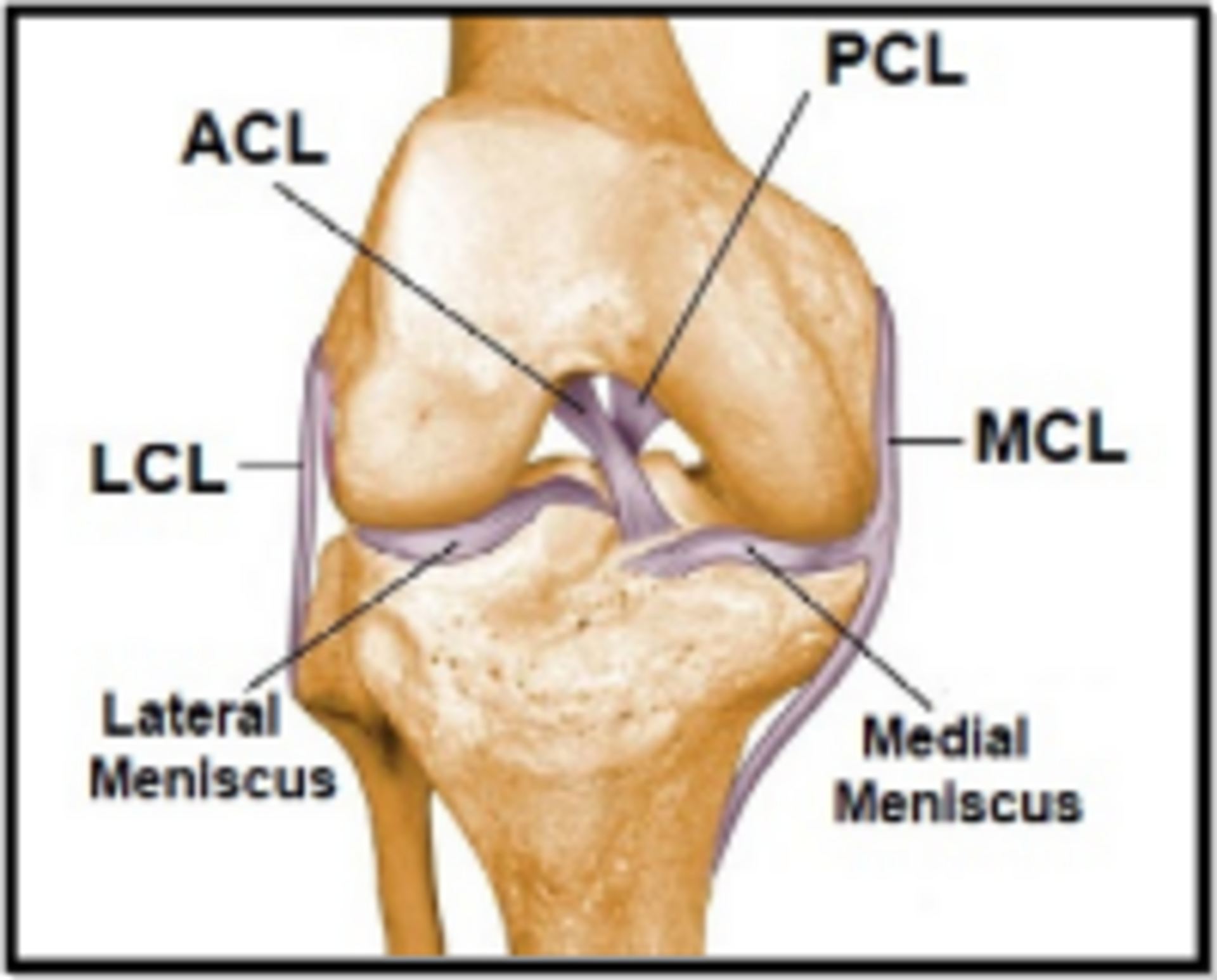
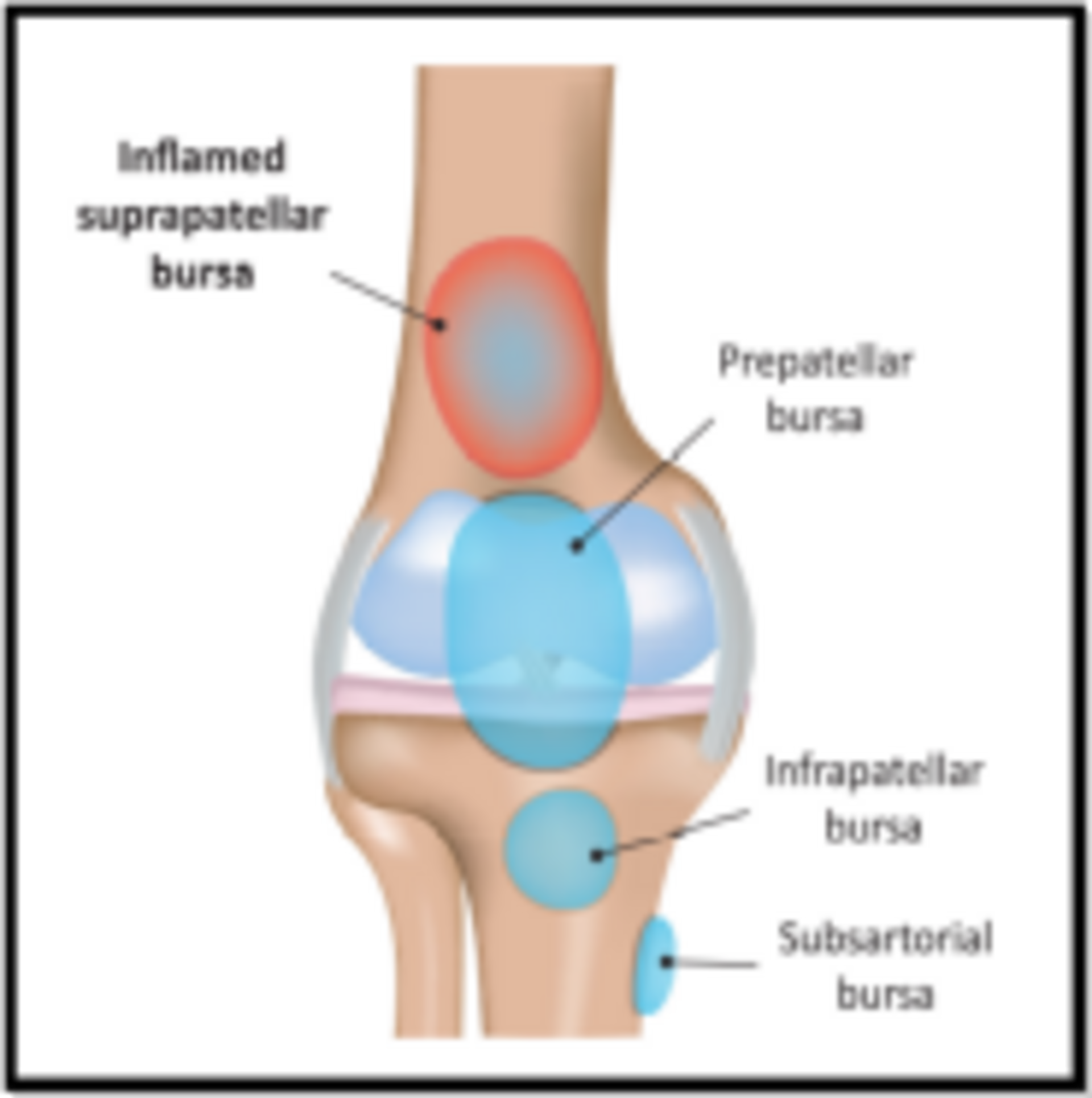

Normally, all of these components work in harmony. But disease or injury can disrupt this harmony, resulting in pain, muscle weakness, and reduced function.
To maintain the fitness of all components, get to know your joint by Dr Sachin Karkamkar.